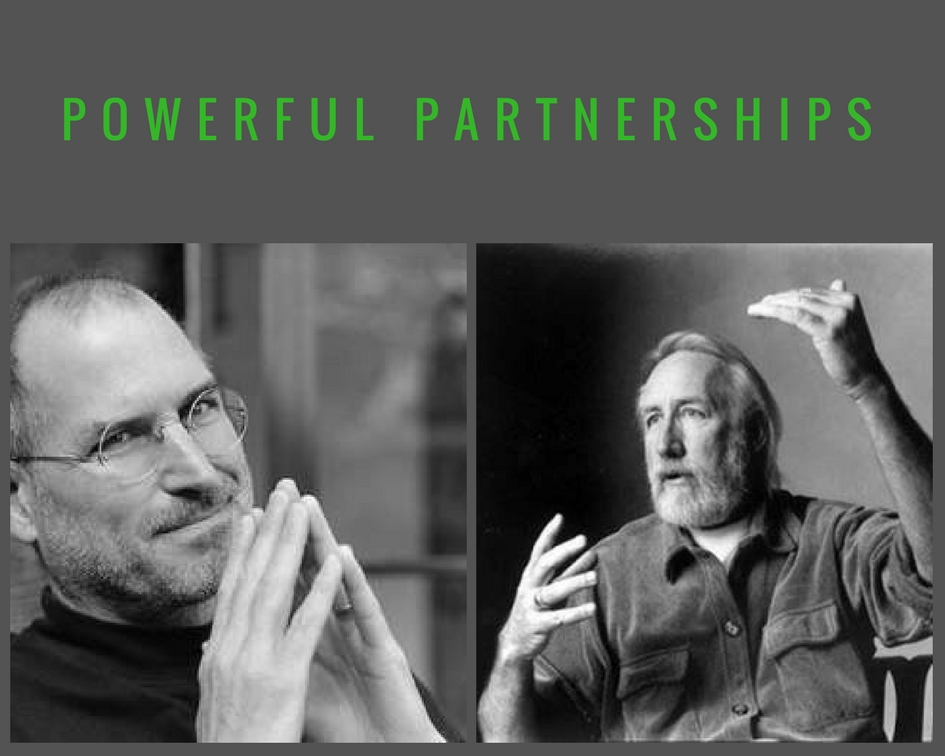
The Woeful Challenges of Marketing Inexperience
May 29th, 2019 Posted by Emergent brand marketing, brand strategy, CMO, Content Marketing, Digital marketing, Emerging brands, Marketing Strategy 0 comments on “The Woeful Challenges of Marketing Inexperience”Building an emerging brand when you don’t know what you don’t know
If ever there were a time when new emerging food and beverage ideas have a chance at stardom, the golden age has arrived. Investment capital is flocking to the culturally relevant and unique, while new food ideas and innovations are popping up right and left. While the barriers to entry are lower than ever, the stakes and requirements for sound strategy are accelerating rapidly as more emerging brands compete for share of limited consumer attention and stomach. This, by the way, was the genesis idea underneath creating Emergent, the Healthy Living Agency.
Into the abyss entrepreneurs jump, entering the fray seeking to answer what looks to be a nearly insatiable appetite for new, higher quality, healthier and novel food and drink experiences. At the front door all appears promising in a world yearning for new and better.
Meatless meat, lab grown proteins, dairy milk without the cow, probiotic and prebiotic, keto kits, ancient grain snacks, pea protein-infused everything – and now in the developing pipeline – food-as-medicine. Whew. Yet many of these aspiring enterprises will encounter critical interruptions along the path; challenges to scaling the business that will relegate some to permanent small ball status and others to the heap of failed concepts.
Marketing plays a significant and important role in mitigating the challenges that exist in moving from very early adopters to scale-able mainstream audiences and wider distribution channels. More often than not, however, we encounter the misappropriation of marketing as essentially a social buzz-making proposition. Rather, it should be a disciplined strategic asset built on a foundation of sound consumer insight.
What’s lacking in the emerging brand zeitgeist is this: experienced marketing brains and early strategic, hands-on guidance – thus why Emergent is a partner in the Food Marketing Institute emerging brands “Mentor” program. There, we counsel that marketing is not just sending out a press release, filing content routinely in social channels or retaining an influencer with a foodie follower base. It is a strategic proposition that optimizes the entire go-to-market plan for growth, effectiveness, measurable outcomes and fewer mistakes.
The eight deadly sins of marketing myopia
Here in random order are eight mistakes that can impede growth and hold the emerging brand proposition back from a leading role in the evolving food and beverage industry:
- A form of business grade narcissism – business in love with itself to the exclusion of what’s relevant to the consumer’s passions and interests.
- Absence, then, of a continuous devotion to seeking consumer insight and putting the customer at the very center of business planning. One thing to say and another to do.
- An undernourished mission and higher purpose that should become the driver for everything the brand stands for and its ability to acquire deeper meaning and connection with consumers.
- Improper positioning most frequently manifested as no real discernable positioning. This should be created through careful exploration of how best to push uniqueness and differentiation.
- Scattered and less relevant messaging that is the outcome of not addressing the first four sins correctly, and the vanity of assuming consumers will resonate simply because it’s there (if you build it, they will come).
- And messaging’s twin sister, an absence of sound strategy in trade and consumer facing communication that mirrors their lifestyle aspirations and wants. This directly impacts any opportunity for engagement.
- A real show-stopper: a clunky packaging presentation that dilutes impact in any crowded retail setting at a time when consumers long to know more and care about the product creation backstory.
- Finally, failing to fully optimize the brand’s opportunity story in the context of real-world competitive advantage and own-able equity with existing and potential investors. Experienced brand and business storytellers know how to skillfully navigate this arena.
There’s simply no margin for error
No one gets a hall pass from doing the strategic heavy-lifting to refine the brand, its meaning, how it’s presented and what is conveyed. Experienced hands are needed for this work. It can be tempting for founders to think they know marketing even when their background, training and experience does not hail from this discipline.
After all, founders understand the product from the ground up, right? Yes – but, experienced marketing players grasp the consumer, the retail environment, and know the tools to refine how the entire concept is served up, and how best to make every communications dollar work like 10.
- Emergent’s Brand Sustainability Analysis, for example, constitutes the kind of foundational work that creates a strategic anchor for a new brand to maximize its higher purpose, differentiate the concept and imbue the story with greater consumer relevance and deeper meaning.
Yet in many cases, none of this is done as new brands hire a designer for package graphics – call it “marketing” and then call it a day. Evidence of the oh-so-powerful axiom: you don’t know what you don’t know. Some of the more fully funded emerging businesses have witnessed faster acceleration because they understood the long-term importance of engaging the right marketing minds at the start.
For others it seems less of a priority because, again, owners believe they can do it themselves. The honest answer here is no. In varying degrees of involvement from guide to outsourced execution, it is wiser and better to get the marketing experience in the door early for the very reason – you never get a second chance to make a first impression.
The strength created today will, pay dividends for years to come and when you start out on the right foot good things tend to follow. Success is in the eyes of the beholder certainly. That said home runs will always be more satisfying than base hits.
Luck by the way has nothing to do with it. This is hard work that requires enough time in the saddle for those at the marketing helm who can quickly recognize, develop and separate the big ideas from anything less than that.
- Owners create extraordinary products with a story to tell.
- Investors invest capital to fuel the effort.
- Marketers should shape the brand and go-to-market plan, and tell the story.
A word to founders: it’s hard to let go and it is also tempting to assume you can do anything if you put your mind to it. Engaging experienced, professional marketing talent is not a nice to have, it is essential to the future of the business because you won’t achieve jet engine results if you fuel the brand with regular, unleaded expertise.
Looking for more food for thought? Subscribe to our blog.
Bob Wheatley is the CEO of Chicago-based Emergent, the healthy living agency. Emergent provides integrated brand strategy, communications and insight solutions to national food, beverage, home and lifestyle companies. Emergent’s unique and proprietary transformation and growth focus helps organizations navigate, engage and leverage consumers’ desire for higher quality, healthier product or service experiences that mirror their desire for higher quality lifestyles. For more information, contact [email protected] and follow on Twitter @BobWheatley.




